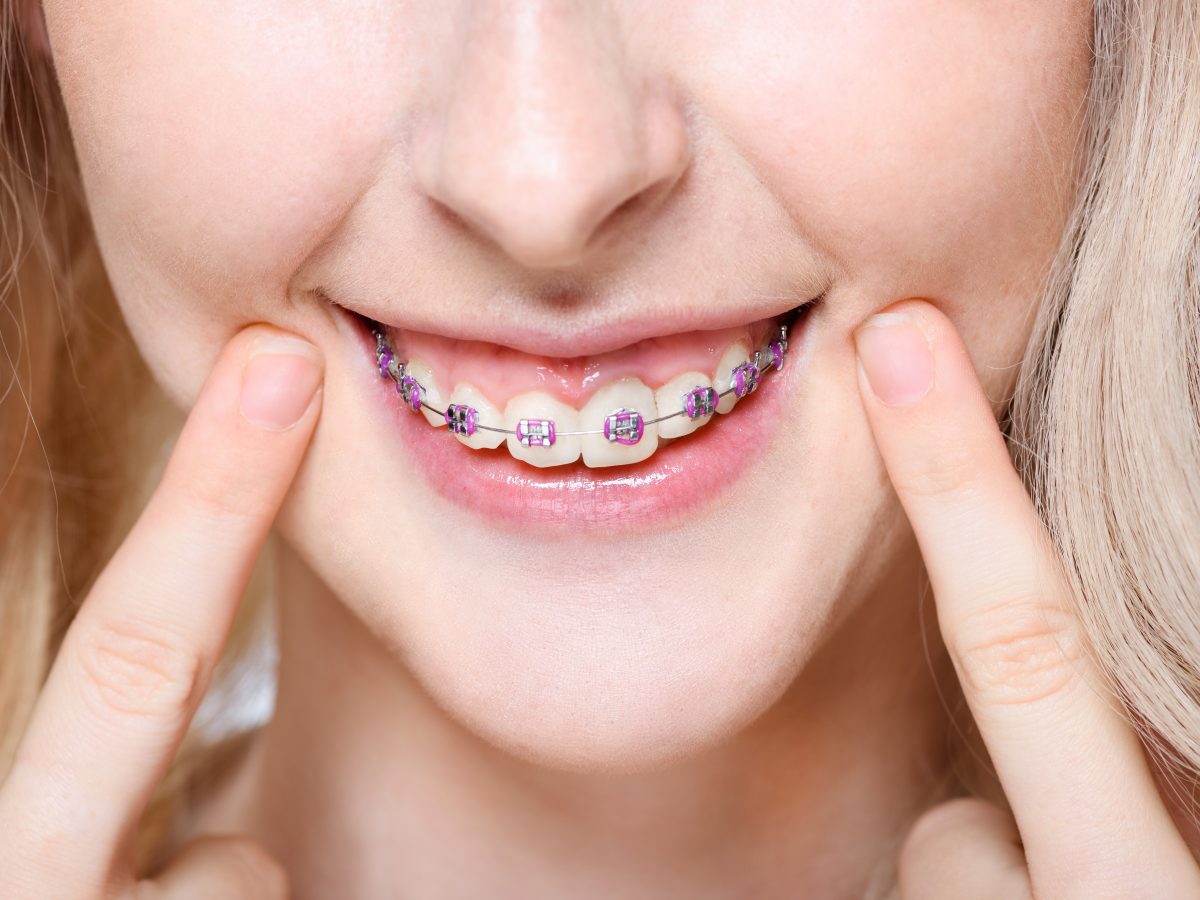Locating the Right Cumming Orthodontist for Your Braces and Aligners Needs
Wiki Article
Comprehensive Overview to Orthodontics Procedures for Dealing With Dental Imbalances
In the world of orthodontics, the journey to accomplishing a perfectly straightened smile entails a myriad of procedures customized to deal with oral imbalances. From typical braces to unseen aligners and also medical alternatives, the field of orthodontics supplies a variety of options to deal with varying levels of dental abnormalities. Recognizing the details of each treatment, including their mechanisms, benefits, and prospective drawbacks, is vital in making educated decisions about one's orthodontic therapy. As we navigate through the detailed guide to orthodontic treatments for remedying dental misalignments, the elaborate information of each method will certainly unfold, clarifying the path towards a harmonious and practical dental positioning.Orthodontic Procedures Summary

In addition to clear aligners and conventional braces, orthodontists might also recommend other treatments like headgear, palatal expanders, or retainers to deal with particular placement problems (cumming aligners). These procedures are tailored to each individual's unique needs and might entail a combination of therapies to achieve the desired outcomes. Routine changes and surveillance are essential parts of orthodontic therapy to guarantee development is on track and to make any essential adjustments along the means. By undergoing orthodontic treatments, clients can not just attain a straighter smile however additionally improve their general oral health and wellness and function.
Conventional Braces: Just How They Work
When taking into consideration orthodontic treatments for dental imbalances, conventional dental braces stand out as a time-tested technique for remedying teeth positioning. Traditional braces consist of brackets, wires, and bands that work together to apply continuous pressure on the teeth, progressively relocating them into the desired positioning. The brackets are affixed to the teeth using an unique adhesive, and the wires are threaded via the braces. By changing the tension of the cords, orthodontists can manage the direction and pressure used to each tooth, leading them into appropriate placement over time.
One key facet of just how conventional braces work is the process of bone makeover. As pressure is related to the teeth via the braces, the bone surrounding the teeth is reshaped to sustain the brand-new tooth positions. This remodeling is crucial for the long-term security of the corrected alignment. Individuals will certainly require routine changes at the orthodontist's workplace to ensure the braces continue to use the correct pressure for effective teeth motion.
Unnoticeable Aligners: Disadvantages and pros
These clear, customized trays are essentially undetectable when put on, making them an enticing choice for people seeking a much more aesthetically pleasing orthodontic therapy. Patients can remove the aligners before consuming or cleaning their teeth, decreasing the threat of food obtaining stuck in the appliance and streamlining the cleaning process.
Surgical Orthodontic Options
Surgical treatments in orthodontics present viable options for addressing complex oral misalignments that may not be effectively settled with traditional orthodontic therapies. While undetectable aligners and standard braces can correct several orthodontic concerns, specific situations call for surgical treatment to accomplish optimal outcomes. Surgical orthodontic choices are usually suggested for serious malocclusions, substantial jaw discrepancies, and situations where the underlying bone framework requires alteration to achieve proper positioning.One typical medical orthodontic procedure is orthognathic surgical procedure, which includes rearranging the jaws to fix useful problems such as trouble speaking or chewing. This surgical treatment is commonly performed in cooperation with an orthodontist who assists align the teeth prior to and after the procedure. Surgical orthodontics might likewise include treatments to expose impacted teeth, eliminate excess periodontal cells, or improve the jawbone to create a more unified face account.
Prior to taking into consideration surgical orthodontic choices, patients go through a thorough assessment to figure out the necessity and possible advantages of such interventions. cumming braces. While surgical treatment might seem challenging, it can considerably enhance both the feature and looks of the smile in cases where standard orthodontic treatments fall short
Retainers and Post-Treatment Care

Post-treatment treatment entails following the orthodontist's instructions diligently. This might consist of proper oral health methods, going to follow-up visits, and wearing the retainers as recommended. Failure to conform with post-treatment treatment useful site guidelines can result in regression, where the teeth slowly move back in the direction of their original positions. Regular retainer wear, good oral health, and routine dental check-ups are crucial for preserving the results attained with orthodontic surgical procedure and making certain the lasting security of the remedied oral positioning.
Final Thought
To conclude, orthodontic treatments provide numerous choices for remedying dental misalignments. Typical dental braces use steel brackets and cords to change teeth into proper positioning. Invisible aligners offer a more discreet alternative yet may not be appropriate for all cases. Surgical straight from the source orthodontic alternatives are offered for more serious misalignments. Retainers are generally utilized post-treatment to maintain the new positioning. Overall, orthodontic procedures can effectively enhance oral wellness and aesthetic look.As we browse with the detailed overview to orthodontic treatments for fixing oral misalignments, the detailed details of each technique will unfold, shedding light on the path towards a harmonious and useful oral placement. - cumming orthodontist
One of the most usual orthodontic treatments is the use of braces, which consist of metal braces and wires that apply mild pressure to progressively change teeth right into the wanted position.When thinking about orthodontic therapies for oral misalignments, typical dental braces stand out as a tried and true approach for dealing with teeth placing. In addition, undetectable aligners may not be ideal for intricate orthodontic issues that need even more considerable teeth activity, as they are usually suggested for mild to modest situations. Retainers are custom-made orthodontic gadgets made to hold teeth in their corrected positions after the completion of orthodontic therapy.
Report this wiki page